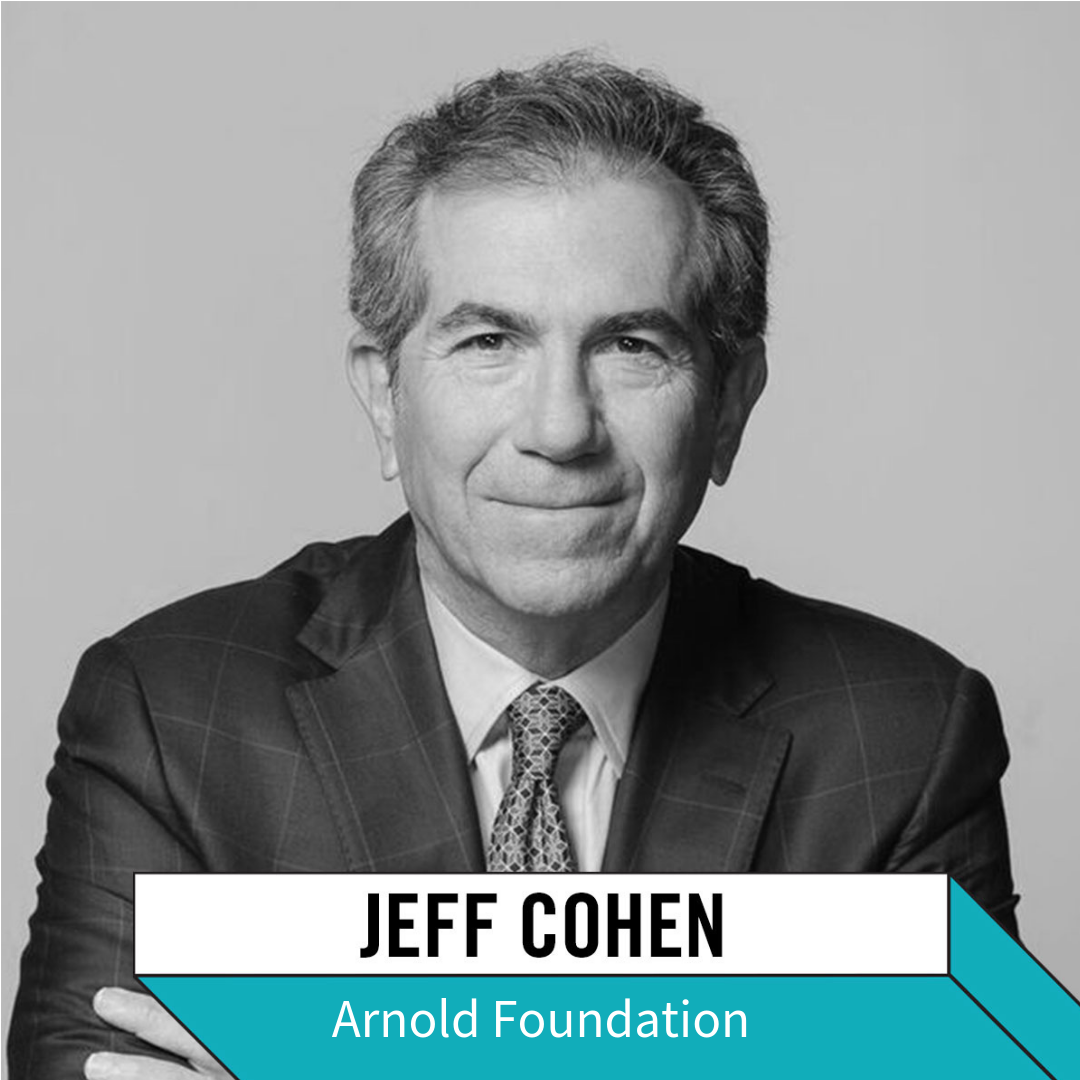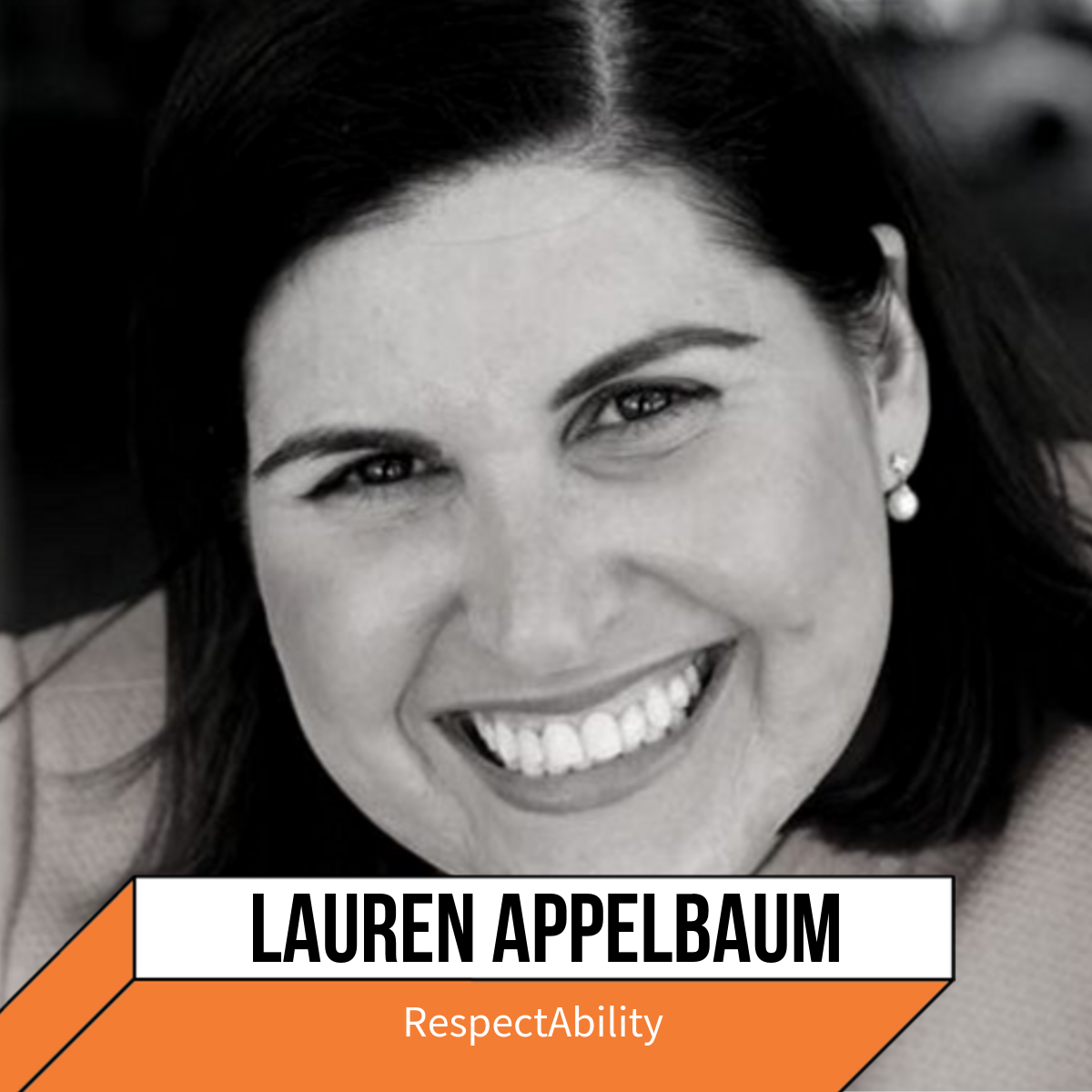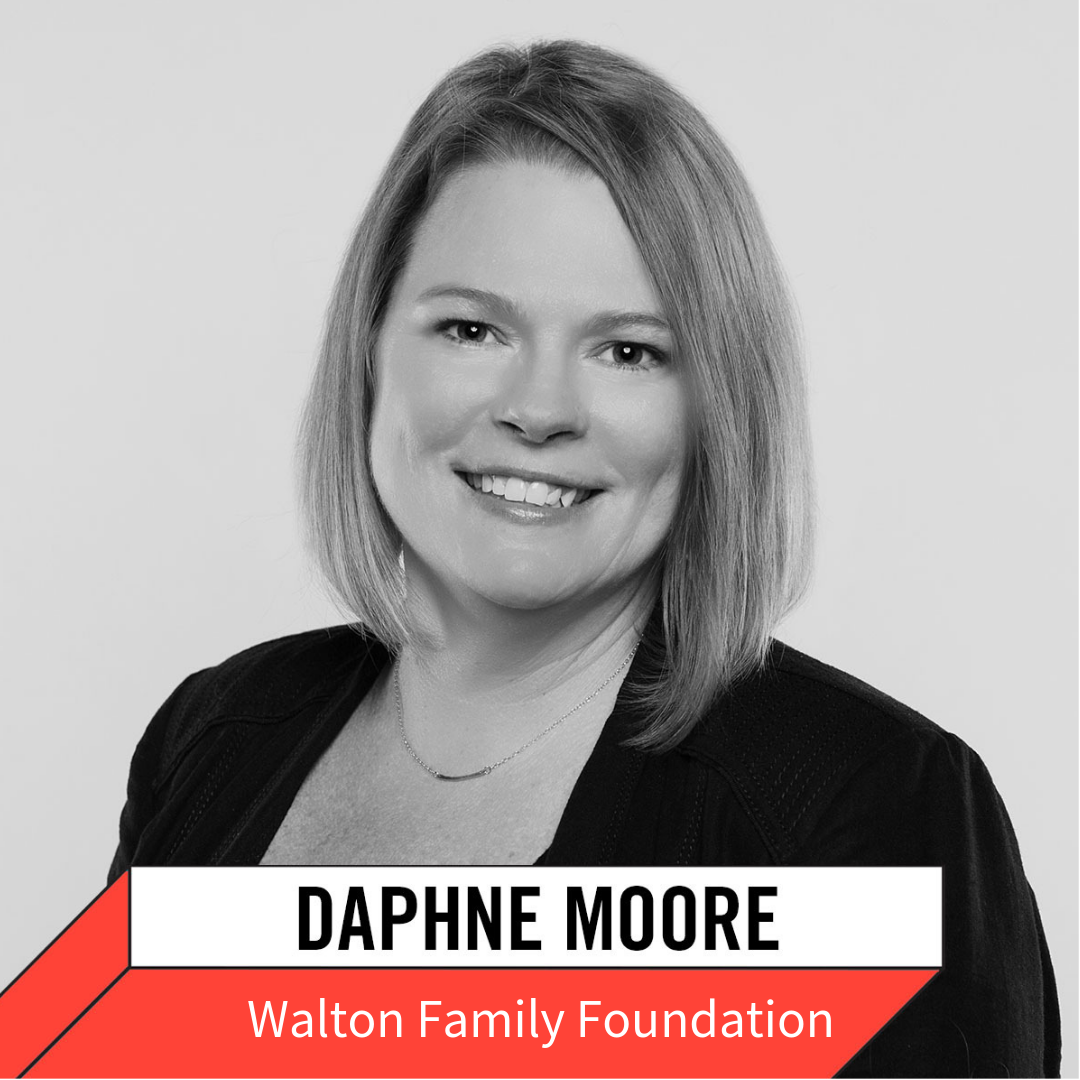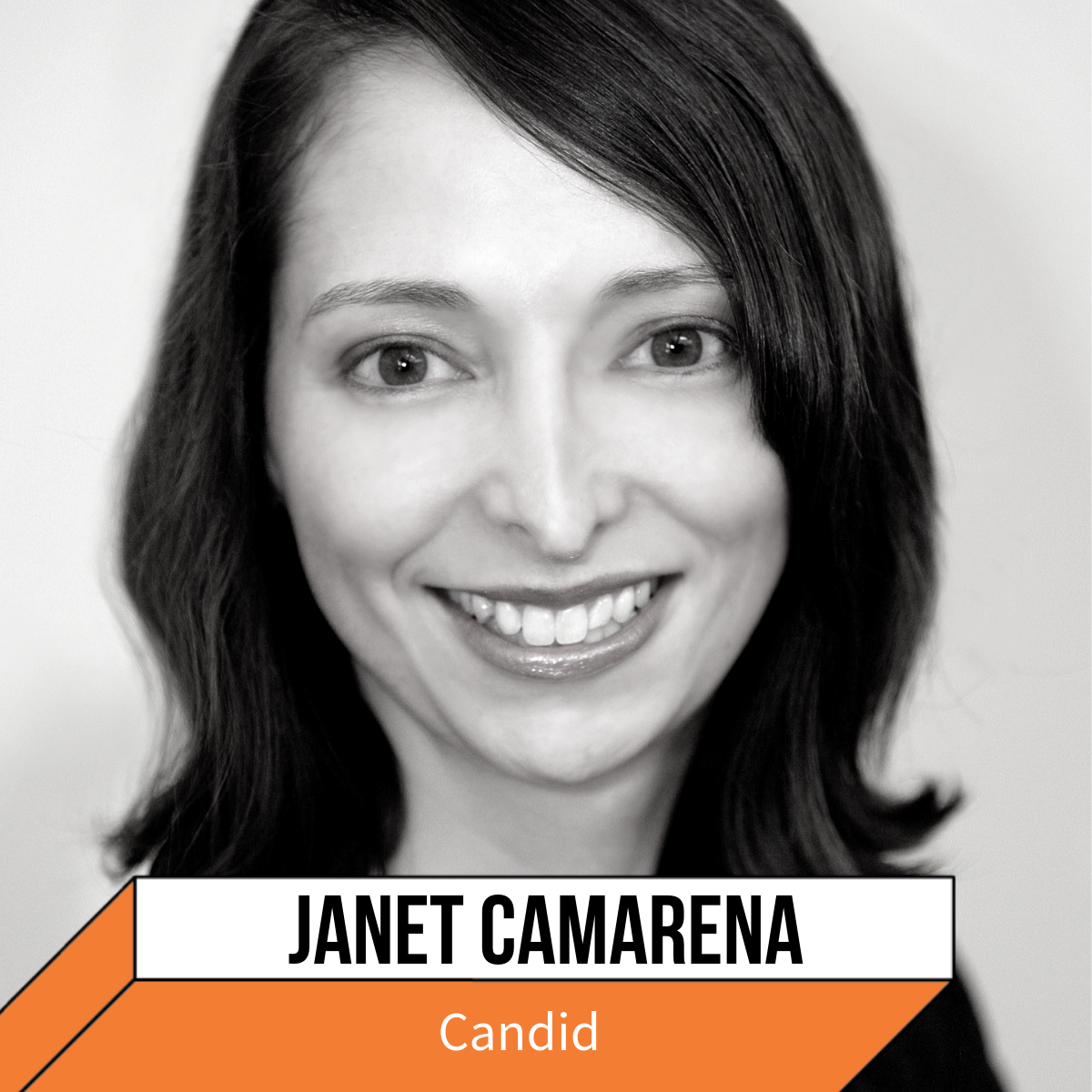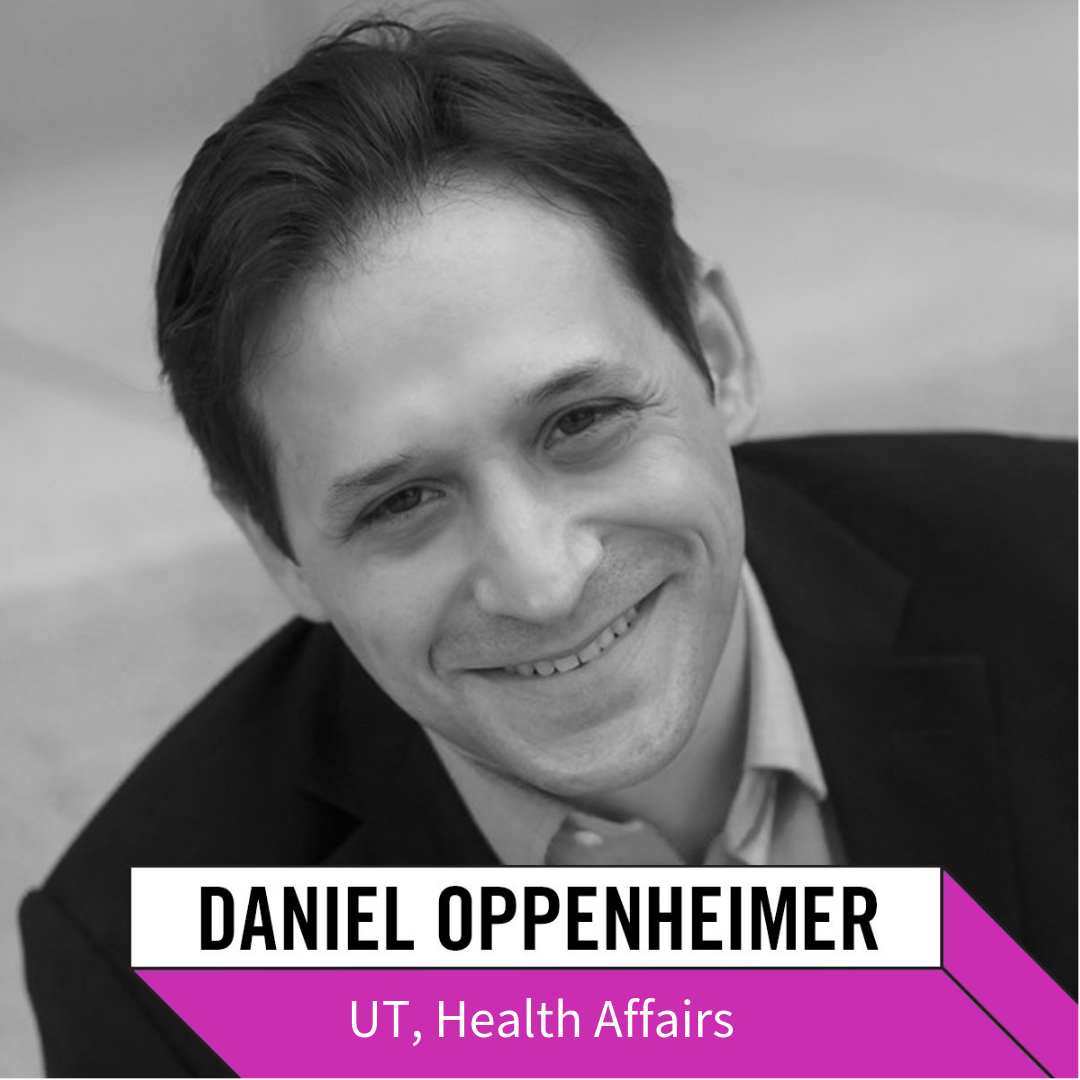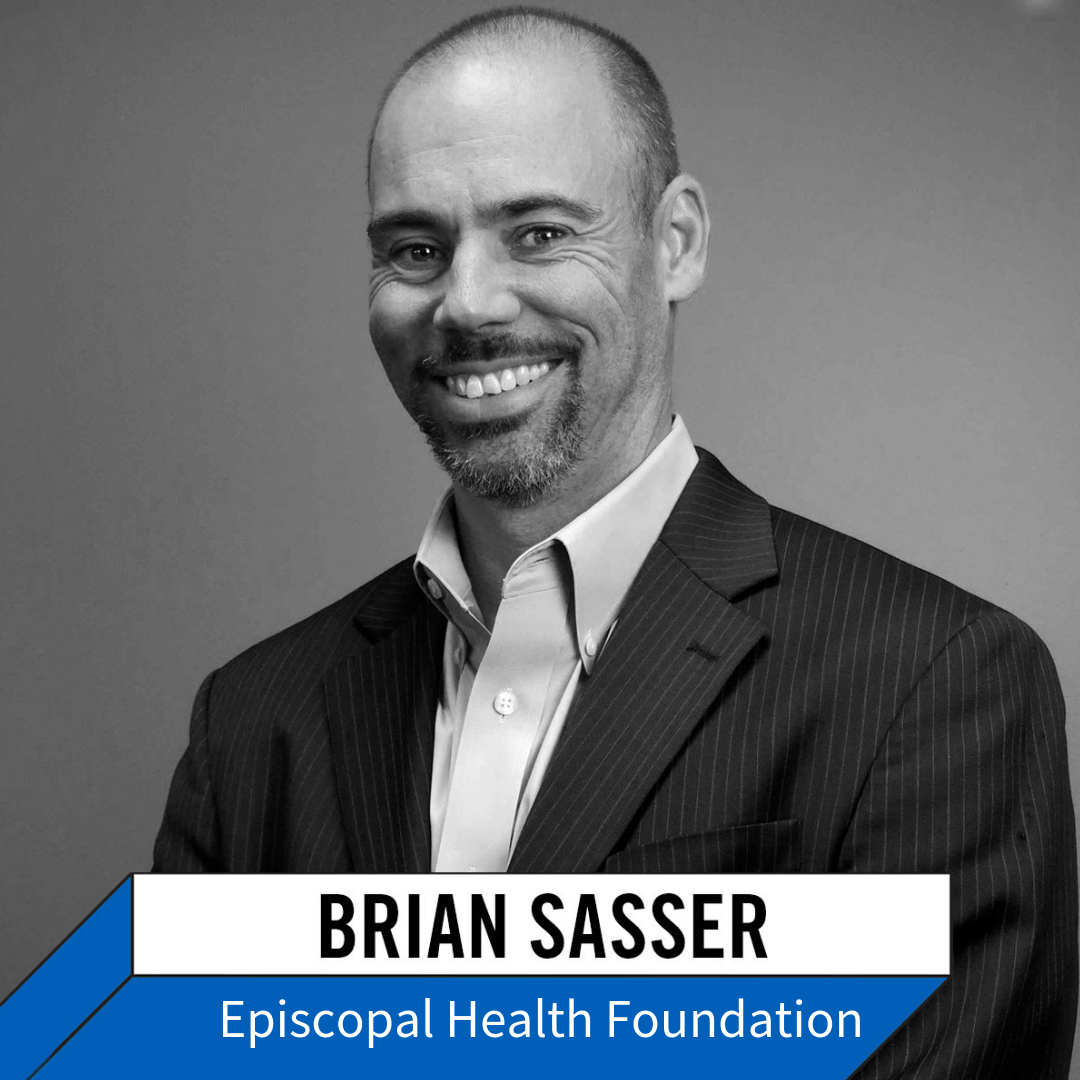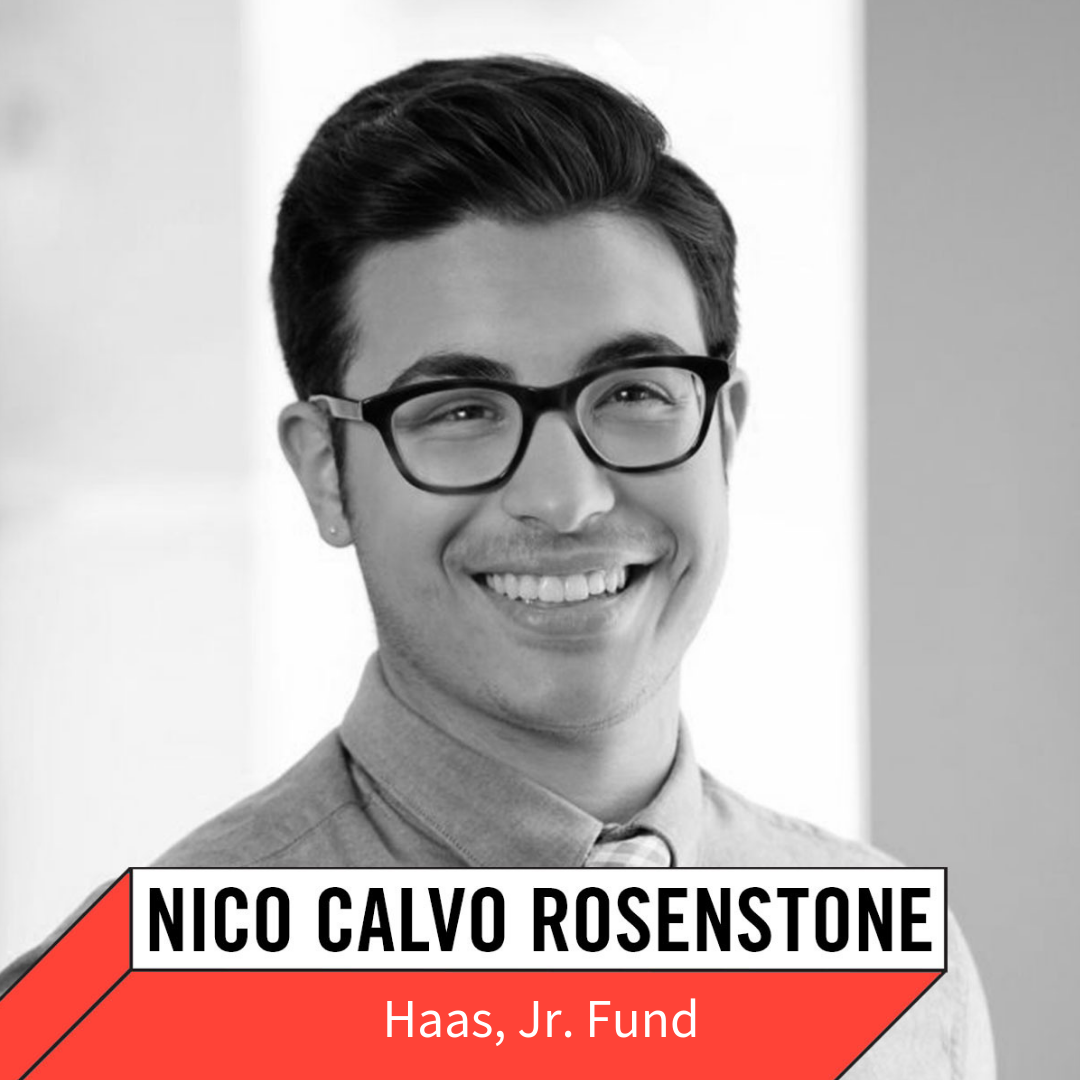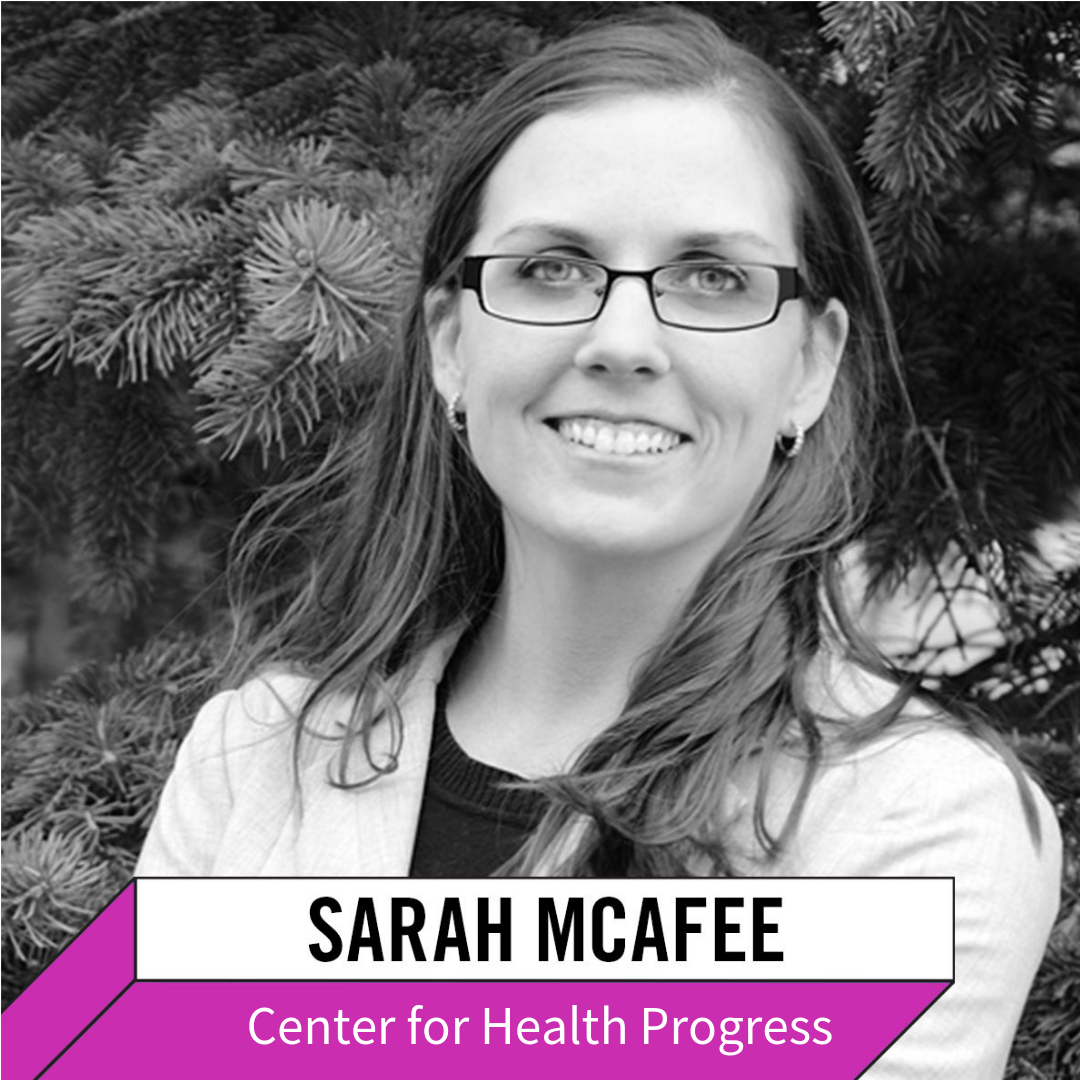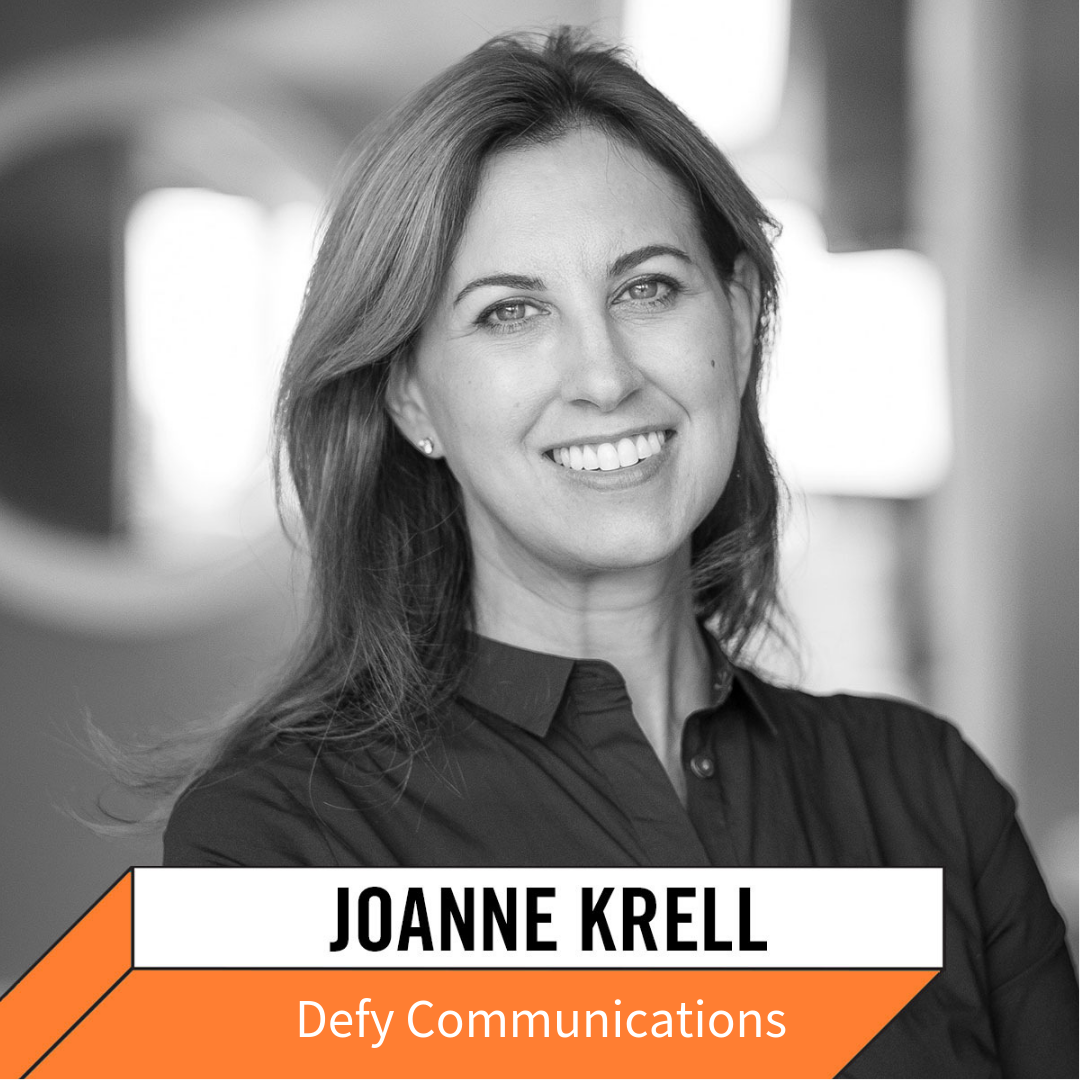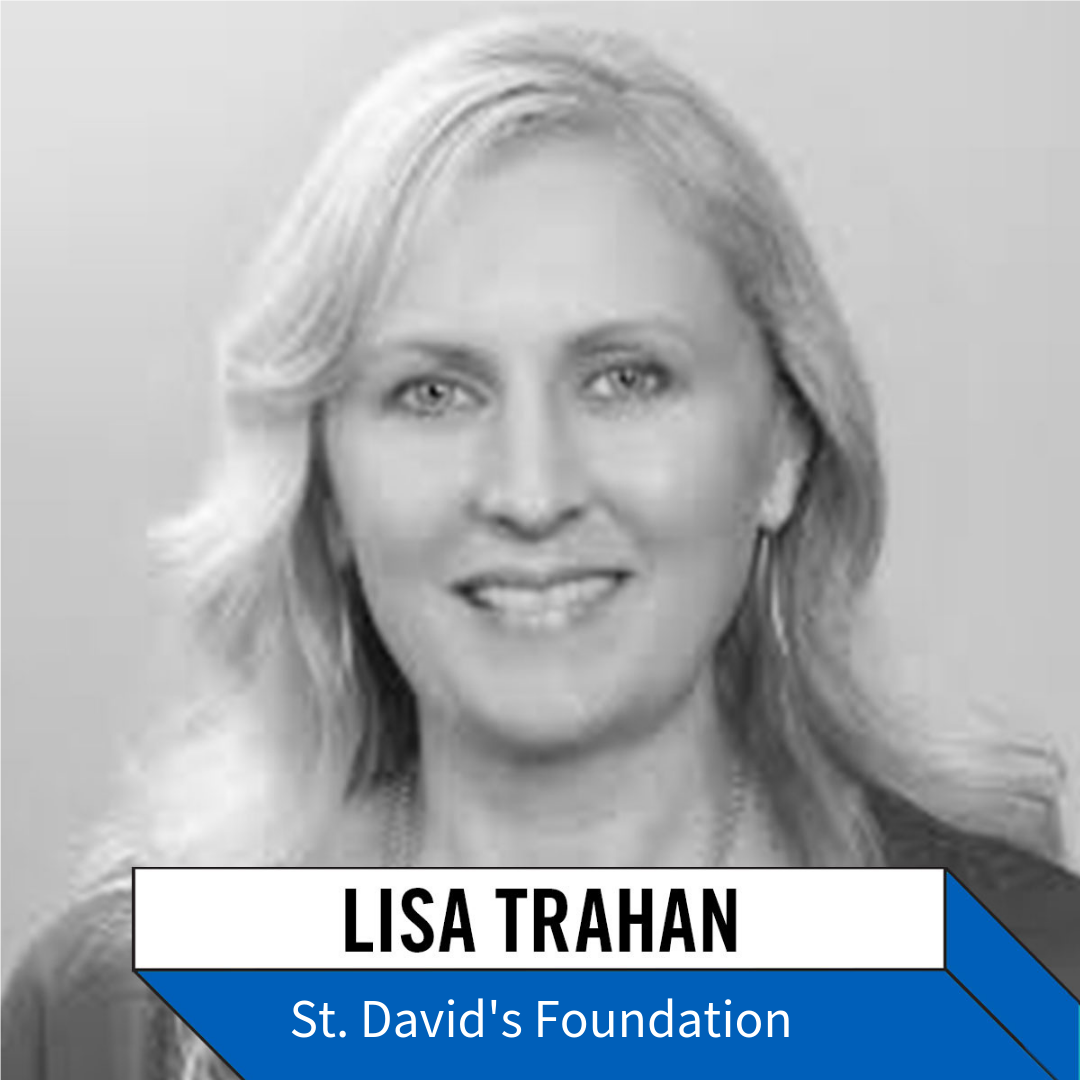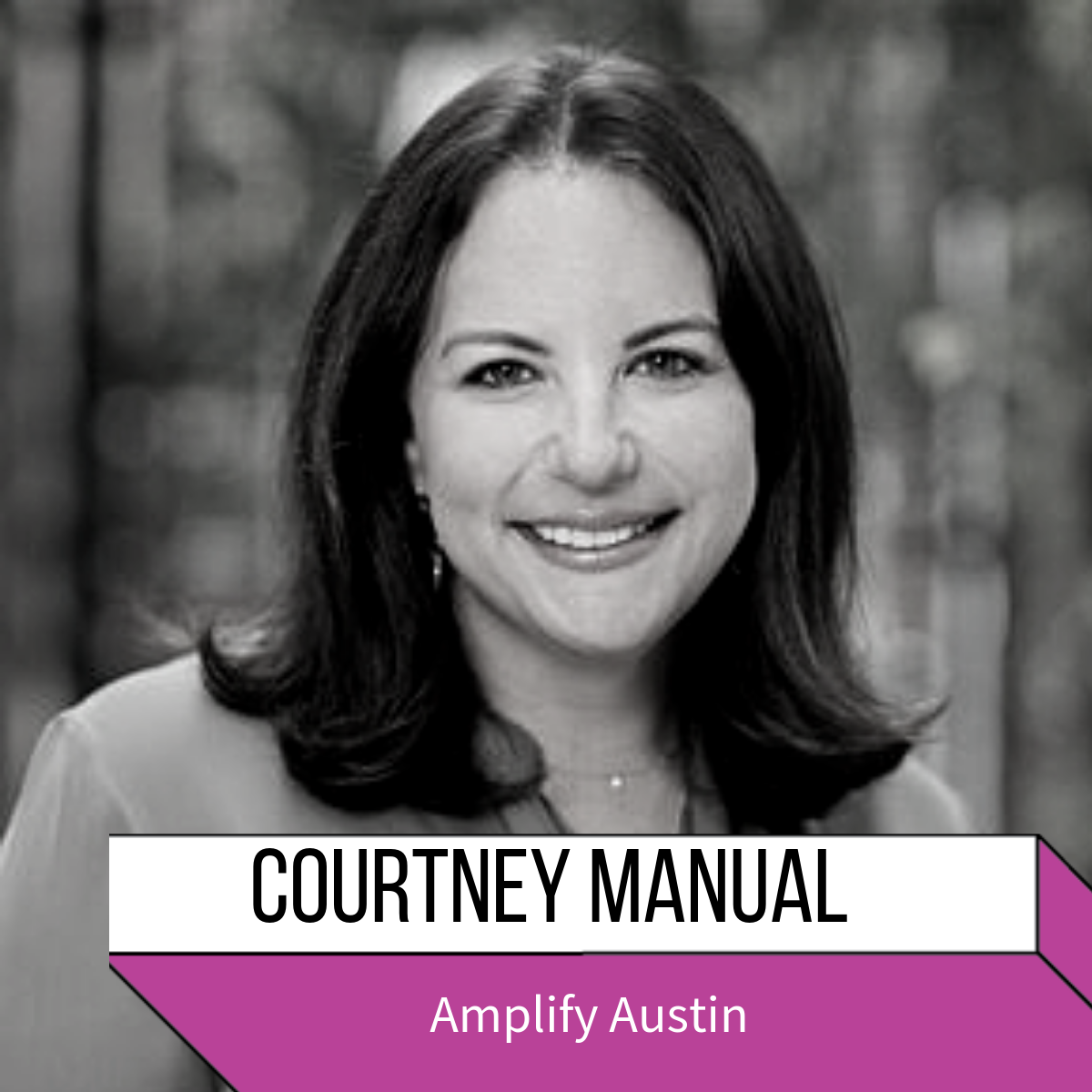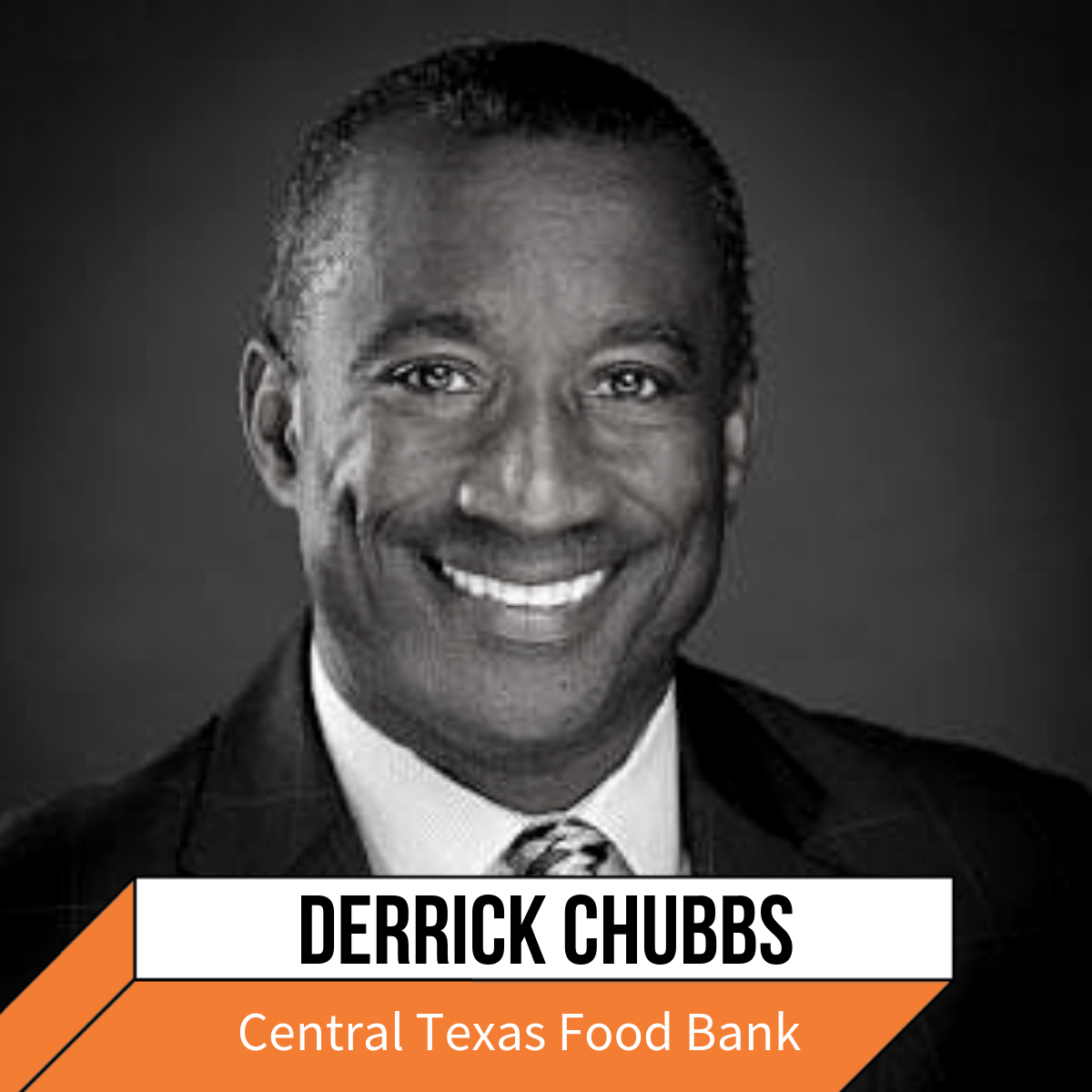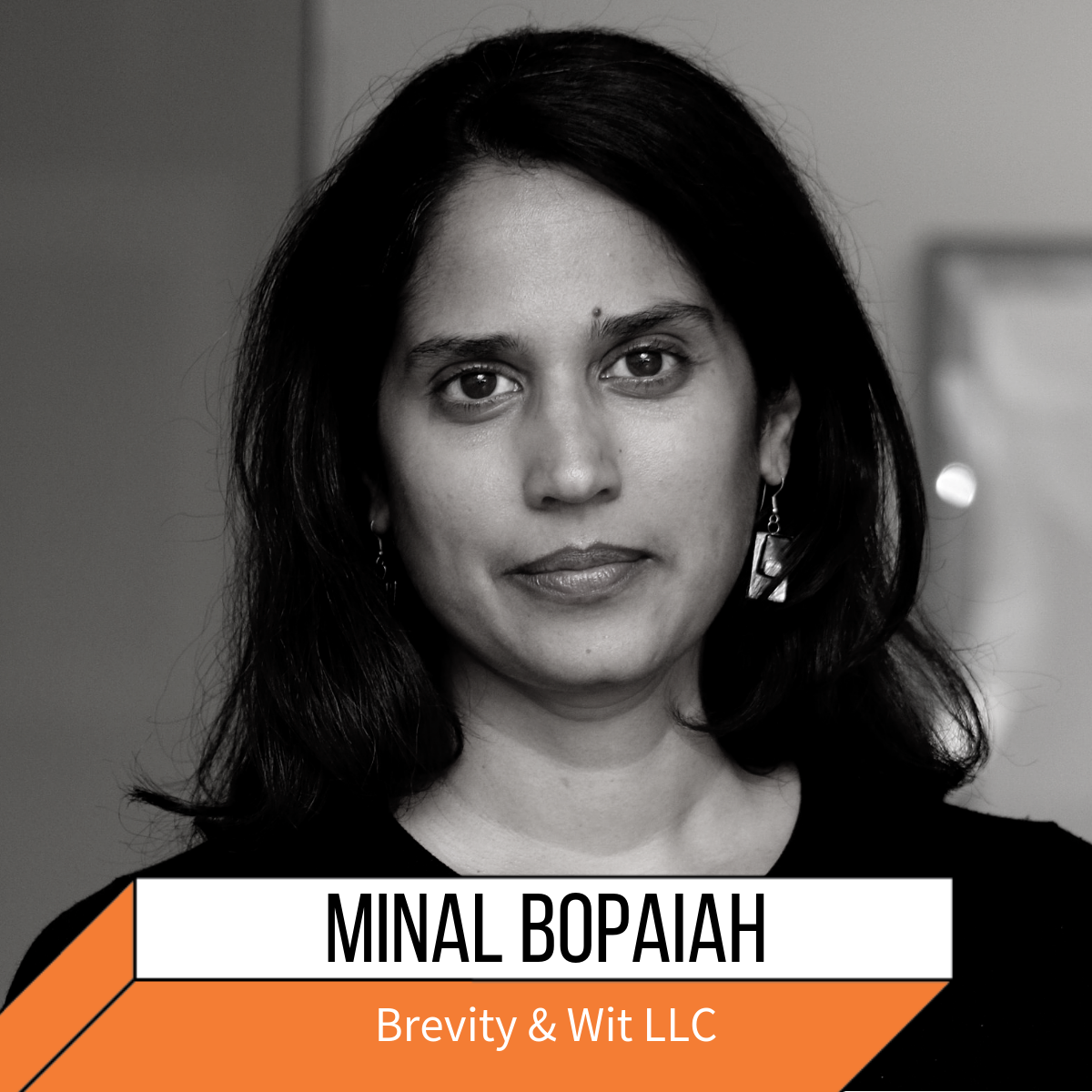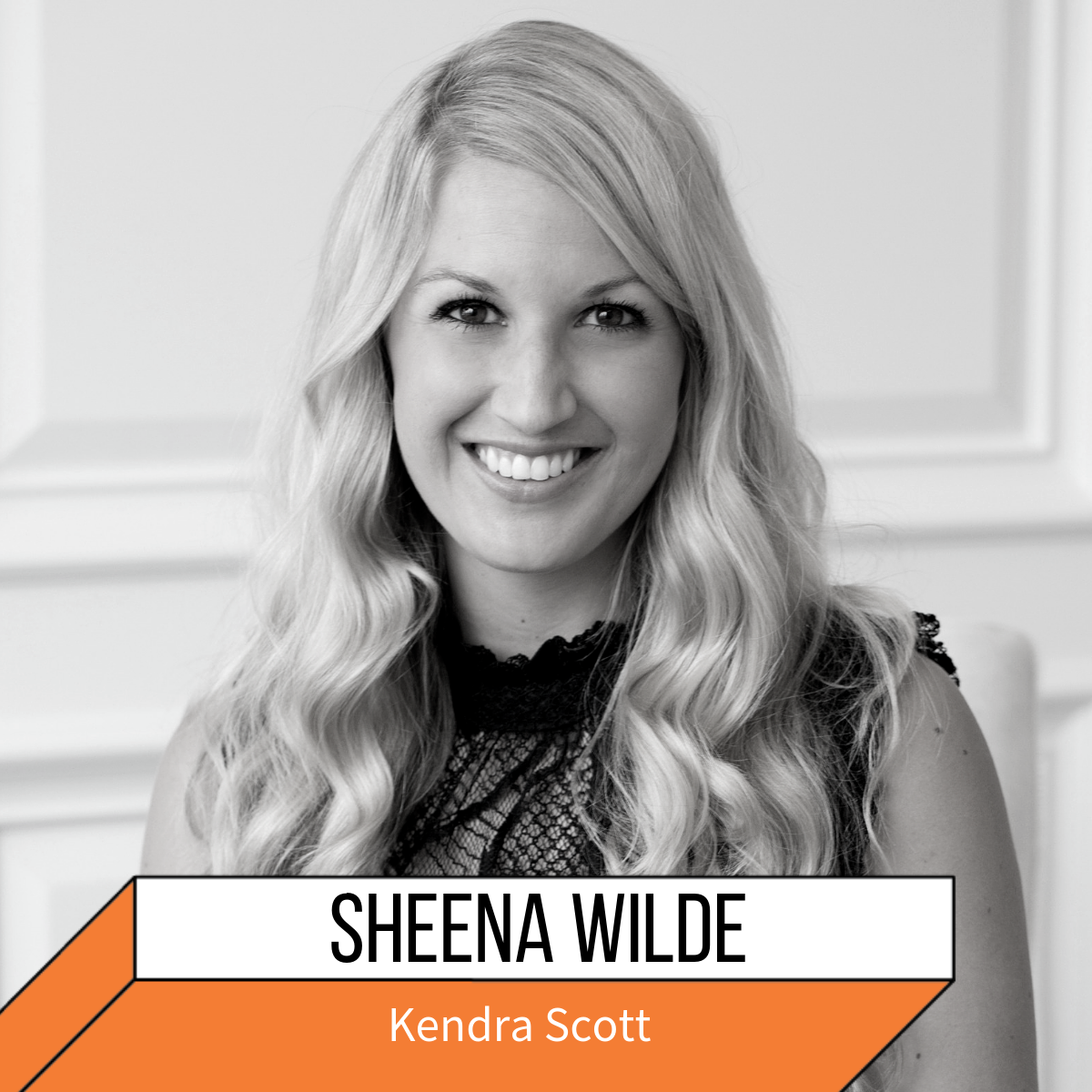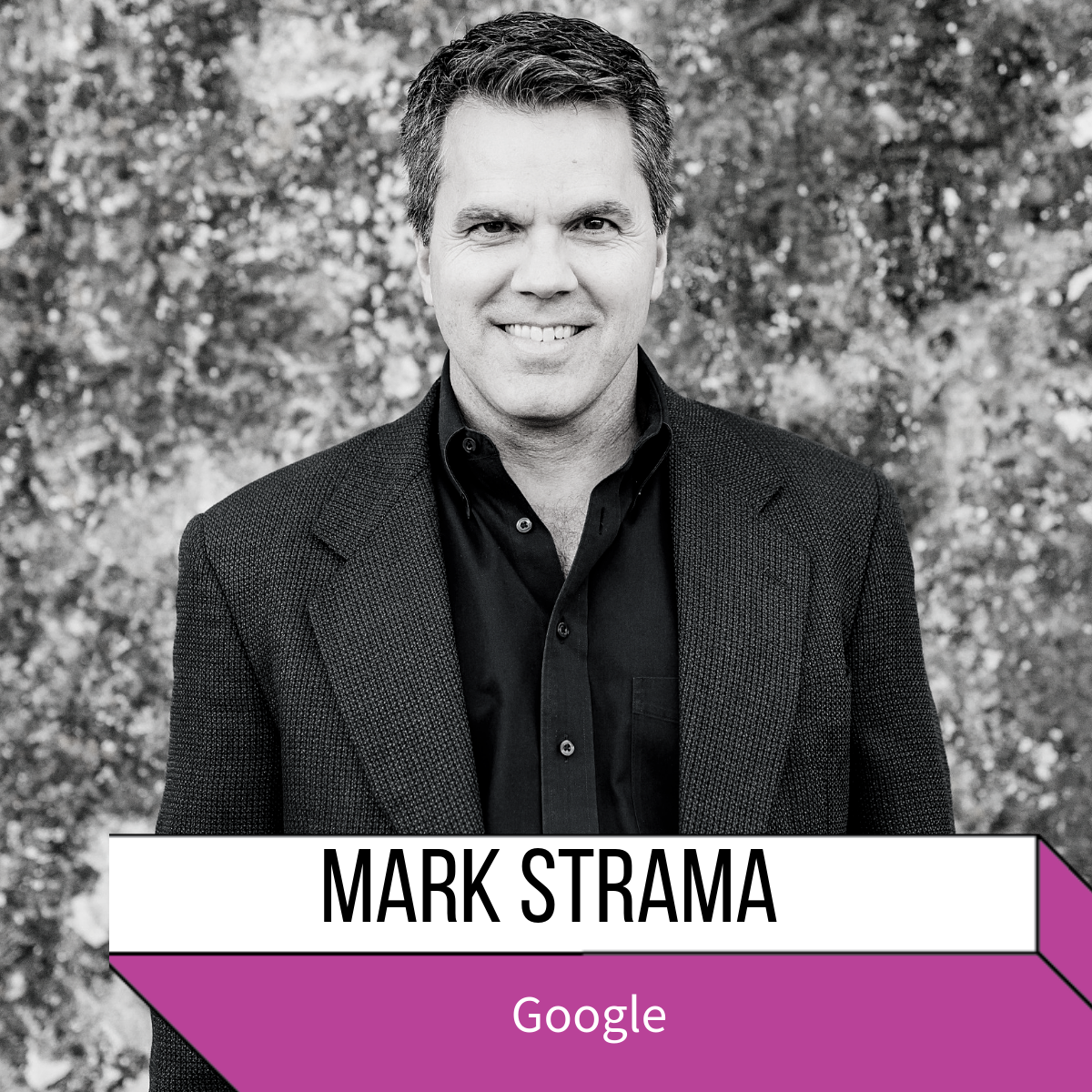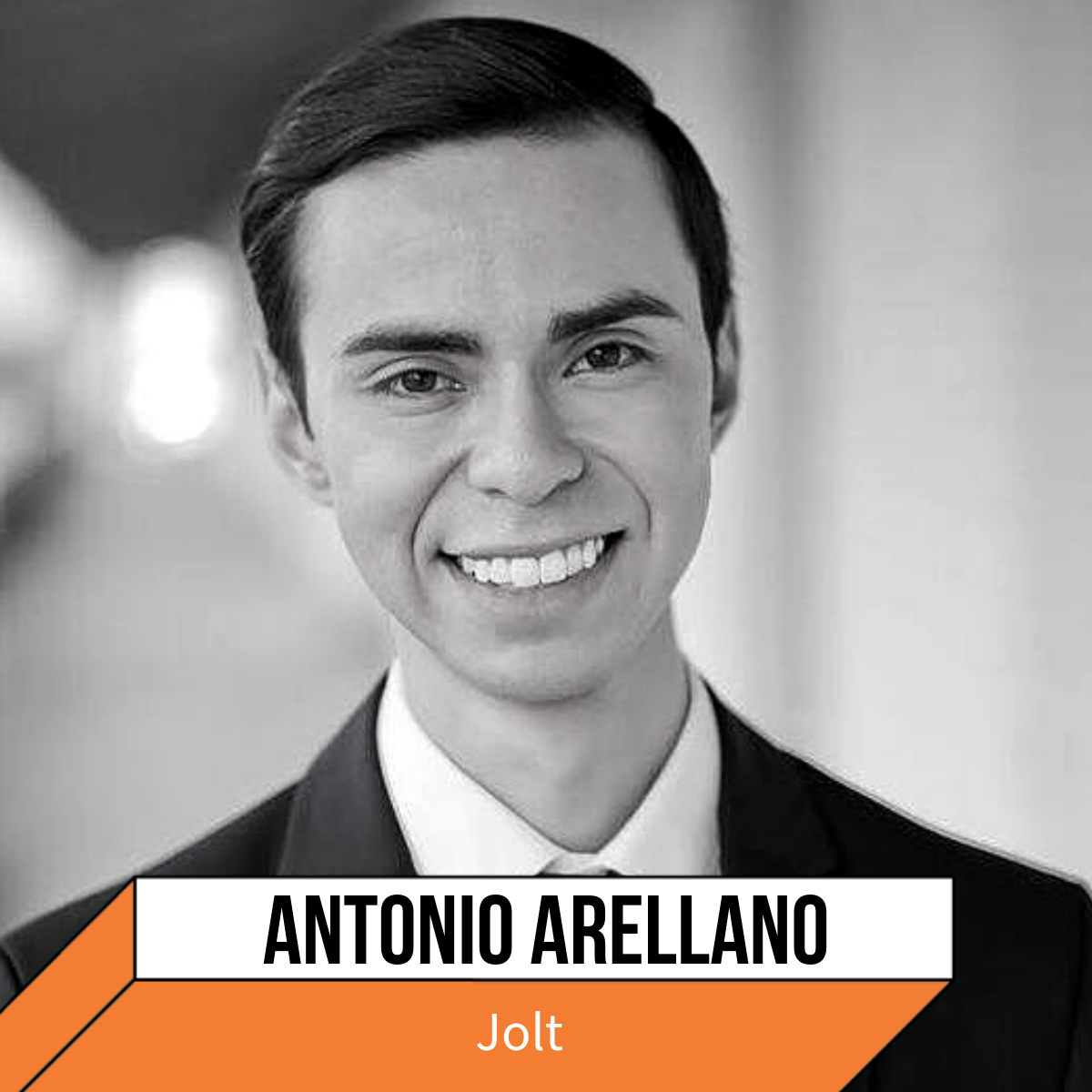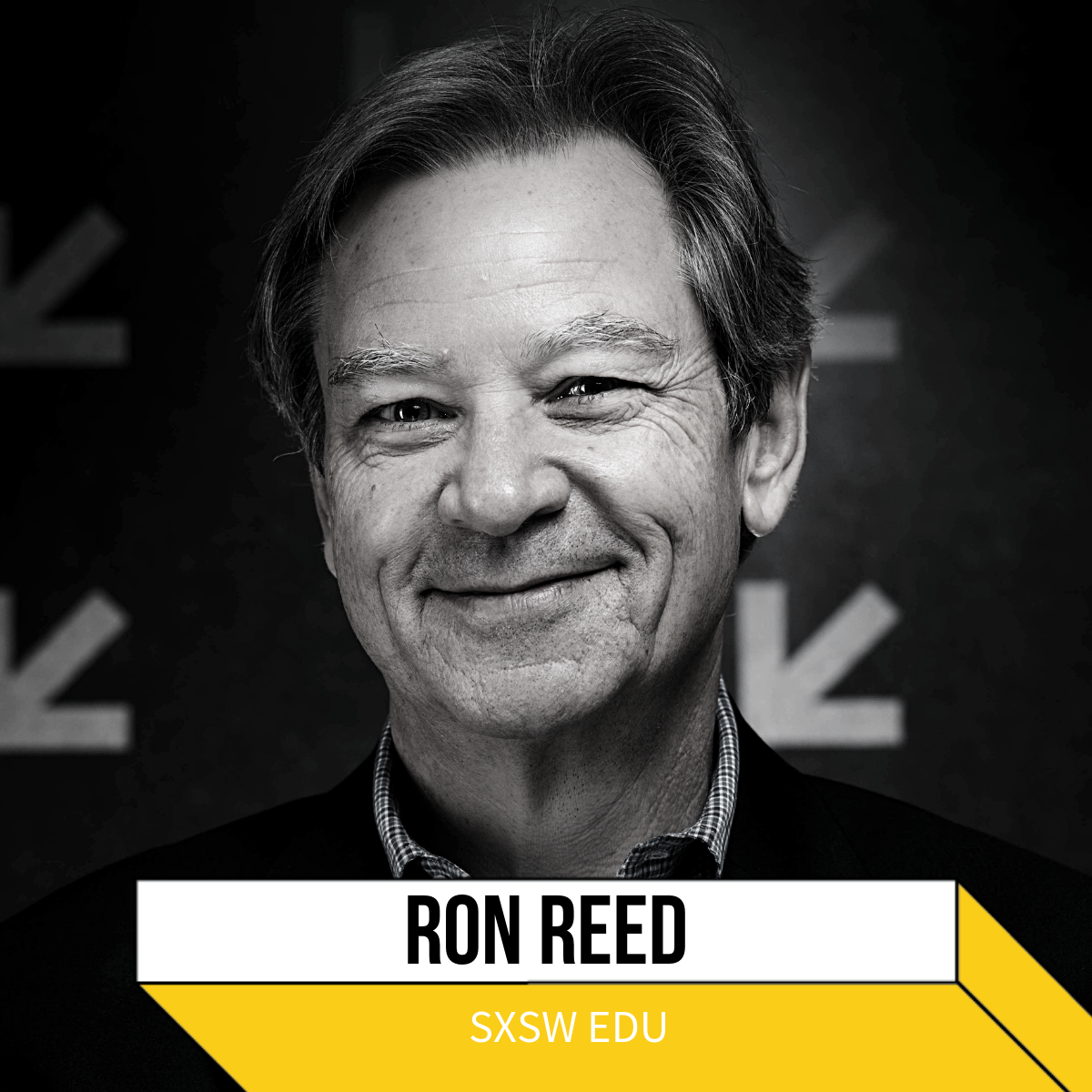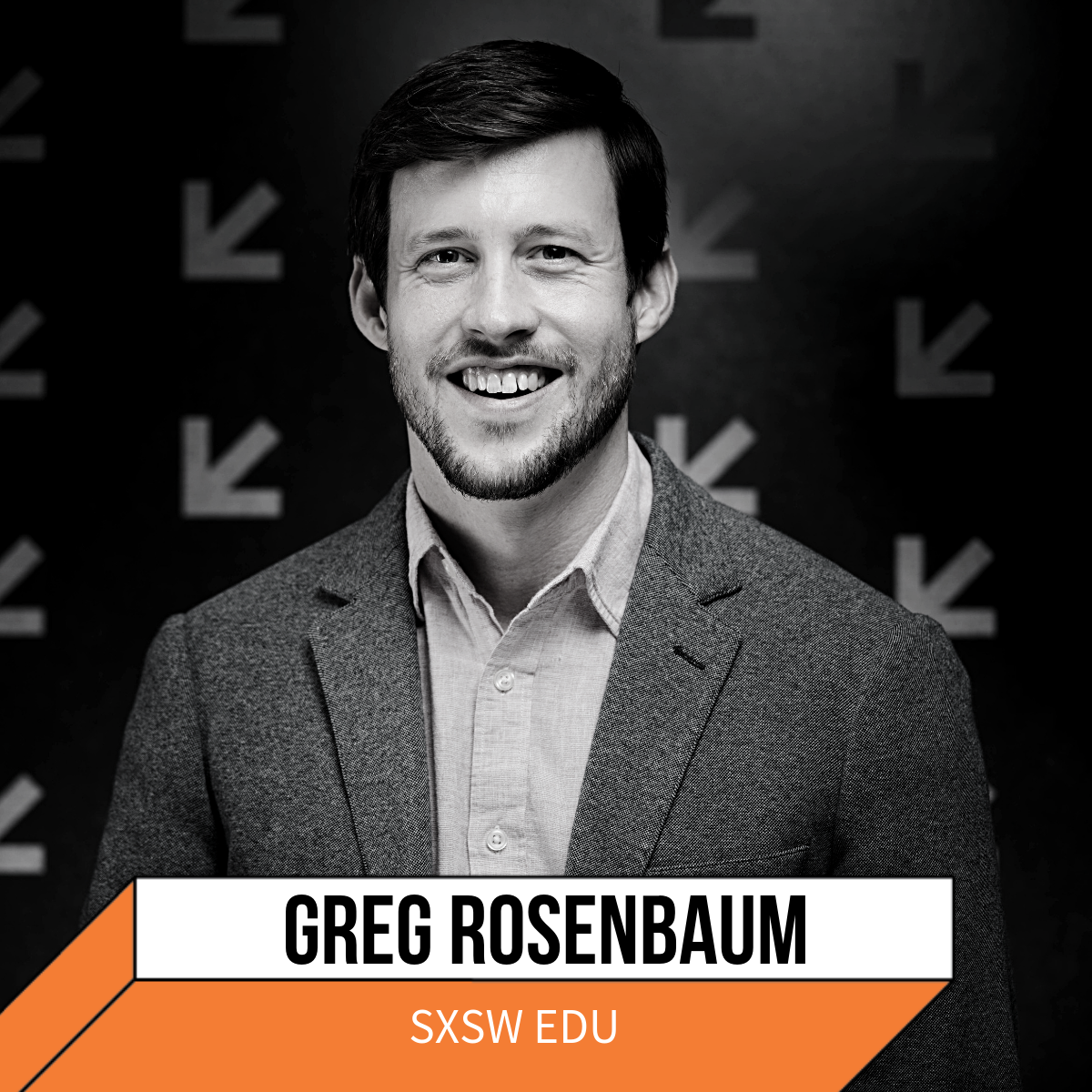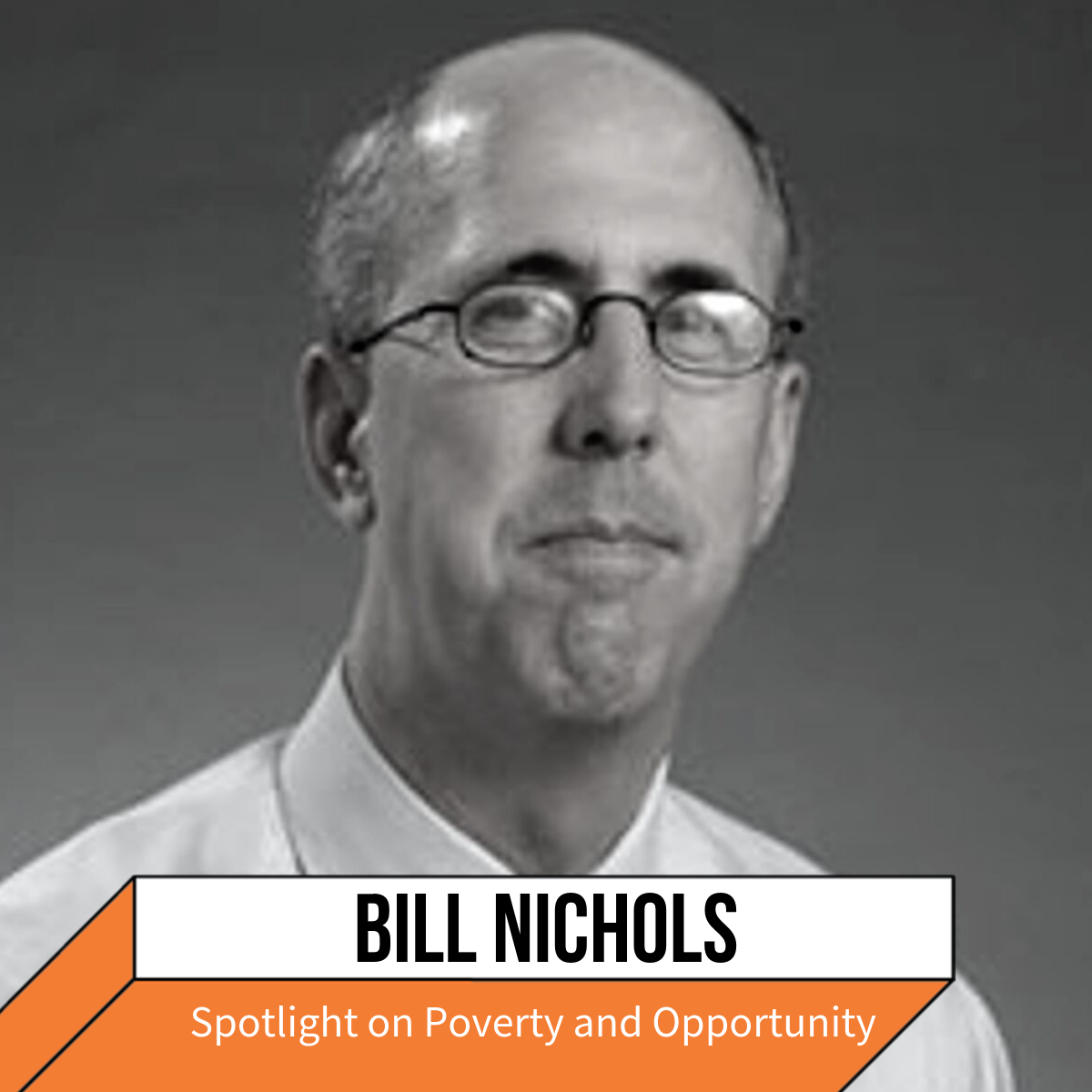DIALOGUES
We are offering Dialogues as part of our effort to encourage community. Dialogue Discussions are different than the usual Breakout Session. They are a series of around-the-table conversations among small groups with a focus on peer-to-peer learning and collaboration.
Dialogues will not be a passive experience -- they will rely on your participation and the collaboration of the group. There won’t be any fancy presentations -- the magic will come from the group as often happen when peers share their ideas and learn from each other’s experiences.
Dialogues will run alongside Breakout Sessions and In Conversations. Similarly, there is no sign-up process to attend, but space is limited.
Below is the complete list of dialogue titles. Scroll down for details.
Why is Rebranding in the Age of Modern Philanthropy Essential?
How Can Leveling Up Your Transparency Practices Help Your Organization Live Up to its Purpose?
How Can We Better Use Data Mapping to Improve Community Health?
What Have You Wanted to Learn About Trans Inclusion But Have Been Afraid to Ask?
How Are You Wielding Your Communications Tools to Fight Oppression?
How Can We Rewire a Better Conversation About Immigrants in America?
What is Our Ethical Responsibility as Communications Professionals?
How Do You Balance Rapid Growth and Scale While Still Being Dedicated to Giving Back?
New Communications Technologies and Platforms: How Can They Be Leveraged for Good?
How Might We Use Art and Culture to Make a Mental Switch from Minority to Majority?
How a Community Changed a City: the Story of Austin's Equity Office
The Power of Convening: How to Drive Impact and Build Community?
How Can We Communicate About Income Inequality Without the Same Old Tropes?
Why is Rebranding in the Age of Modern Philanthropy Essential?
DIALOGUE MODERATOR:
DIALOGUE DESCRIPTION:
After years of operating as a three-pronged organization (C3, C4 and family foundation), the Laura and John Arnold Foundation hit the pause button. It decided to re-evaluate its approach to philanthropy and how it positioned itself to the outside world. That decision was step one in what became a year-long soul searching. The philanthropy’s leadership and founders, examined their mission, vision, values and brand. The end result was a new structure, new strategies and even a new name and website. You’ll hear about the process, the research, the consultants and lessons learned.
QUESTIONS TO CONSIDER:
Do you need a consultant?
Do you need touchy-feely exercises with Post-It Notes on the wall?
Why is an LLC better than a C3/C4 structure?
How do you pull something like this off?
How Can Leveling Up Your Transparency Practices Help Your Organization Live Up to its Purpose?
DIALOGUE MODERATOR:
DIALOGUE DESCRIPTION:
It’s official—transparency is the secret sauce behind many effective organizations. Recent reports point to the importance of transparency to strengthen relationships between grantees and grant-makers, and the power of openness to fuel donor confidence in charitable organizations. Yet, while many of us generally agree that transparency is a virtue, figuring out how to assess and improve existing transparency practices can be a challenge. Attend this session to learn how improving your online presence can help your organization live up to its purpose to serve the public good.
Using Candid’s “Who Has Glass Pockets?” framework for foundations, and GuideStar’s Transparency Seals profiles for charitable organizations, this session will provide an overview of tools designed to help you improve your organization’s transparency; demonstrate how you can assess and benchmark your transparency practices, and highlight helpful and inspiring peer examples. Panelists will share innovative approaches to opening up their work, including frameworks for knowledge sharing, opening up successes and struggles, communicating values and policies about how they work, and digital inclusion.
KEY TAKEAWAYS:
Explore the importance of transparency to contributing to greater organizational effectiveness.
Learn how to approach transparency in a step-by-step way.
Become inspired by peer practices implemented by sector colleagues who are working to improve transparency at their institutions.
How Can We Better Use Data Mapping to Improve Community Health?
DIALOGUE MODERATOR:
DIALOGUE DESCRIPTION:
Too often, health and social indicator maps seem to be designed primarily to generate publicity and show off what an organization's graphic designers and data visualizers can do. The deeper goal, of guiding health and social efforts in meaningful ways, is taken for granted. In this dialogue we'll investigate ways in which maps can genuinely improve the well being of our populations, and spend some time with best and worst practices in this realm.
QUESTIONS TO CONSIDER:
How can maps actually improve the lives of our communities?
What are the mistakes we make in developing maps that are ostensibly aimed at improving things on the ground?
What is the role of the community in developing maps intended to benefit the community?
What Have You Wanted to Learn About Trans Inclusion But Have Been Afraid to Ask?
DIALOGUE MODERATOR:
DIALOGUE DESCRIPTION:
Following what is certain to be an inspiring keynote from Janet Mock, ComNet attendees may have questions and concerns about how to strengthen their allyship with the transgender community and make their organizations more trans-inclusive. We are creating a safe space for people to ask questions, share insights from their experiences, and consider proactive steps they can take in their lives and their organizations to support and protect trans people.
QUESTIONS TO CONSIDER:
How can I be a better ally with transgender people and a champion for transgender inclusion, both inside my organization and in my community?
What can my organization do to reduce the unnecessary barriers that transgender people face when it comes to finding good jobs and thriving in the workplace?
What resources are available to support me and my colleagues as we strive to create a more trans-inclusive organization?
How Are You Wielding Your Communications Tools to Fight Oppression?
DIALOGUE MODERATOR:
DIALOGUE DESCRIPTION:
Many well-intentioned people and organizations are afraid of making mistakes, so they avoid talking about equity. However, staying silent on issues of racism, sexism, nationalism, and other forms of oppression is a form of complicity, so it’s critical that we join the conversation, knowing we’ll make mistakes along the way. If you’re deep in the trenches (or trying to get there) of equity communications, let’s get together and learn from each other. Bring your biggest blunders, regrets, and lessons. We’ll confess our failures, practice accountability, make connections, and share some grace and support. We’ll also crowdsource some best practices and resources that you can lean on to minimize harm and maximize progress.
QUESTIONS TO CONSIDER:
What's the most important change you've made to integrate equity principles into your communications?
What's the biggest mistake you've made and what did you learn from it?
How can we, as a field, better collaborate and practice accountability to drive change faster?
What Does it Take to Be Great at Work?
DIALOGUE MODERATOR:
DIALOGUE DESCRIPTION:
The number one best part of every job I’ve had is learning from other people – the good, the bad, the ugly. Each one of those experiences has left indelible impressions about what it takes to be a good leader, a good follower, an amazing practitioner, the kind of person who gets promoted, or hell, gets fired. What does it take to be great at work? All kinds of things, and “smart” – the social sector’s favorite word (after impact), is only one of them. I learned a lot of vital lessons working my way up in the social and corporate sectors, ultimately landing senior leadership positions. In some cases, I looked around the table and didn’t see too many women. Let’s talk about how to be great in your current role, and how to get and succeed in your next one.
QUESTIONS TO CONSIDER:
How do I build my knowledge, networks and skills?
What should I avoid?
When is it time to go?
How Can We Rewire a Better Conversation About Immigrants in America?
DIALOGUE MODERATOR:
DIALOGUE DESCRIPTION:
Just a few years ago, leading congressional Democrats publicly opposed immigrants’ access to healthcare and other public programs, and immigration was the newest “third rail” of American politics. But the Trump Administration’s excesses, a campaign that brought immigration and human services advocates together, and a new communication approach have begun to change the debate. We’ll share some encouraging signs from the “public charge” debate and, together, we’ll explore how we can change the conversation about immigrant families.
QUESTIONS TO CONSIDER:
What lessons can we learn from the “public charge” debate’s conversation about immigrants and health and human services?
What lessons from state wins on health care and driver’s licenses?
How can we build a community of practice to continue sharing observations, obstacles, and winning strategies?
Are Foundations & Online Giving Days Surprising BFF’s?
DIALOGUE MODERATOR:
DIALOGUE DESCRIPTION:
Online giving movements inspire communities, giving nonprofits the ability to amplify their donations. But how does a typical grantmaking foundation plug in? St. David’s Foundation in Austin, Texas teamed up with Amplify Austin with a million-dollar match, space for the giving day headquarters, and street cred that has translated into more than $46 million being raised in seven years. Find out how this partnership, which will be featured in the Chronicle of Philanthropy, has mobilized nonprofits to leverage the giving day in unique ways in order to raise some serious money.
QUESTIONS TO CONSIDER:
1. A think-outside-the-box approach for foundations to support community giving days.
2. Tips for using grassroots giving to leverage traditional funding models and gain new donors.
3. How nonprofit teams can use strategic storytelling and new channels to build sustainability, while mobilizing givers along their giving journey.
Is it Possible for Our Identities to Be Superpowers?
DIALOGUE MODERATOR:
DIALOGUE DESCRIPTION:
Recently, the Building Movement Project (BMP) released Race to Lead: Women of Color in the Nonprofit Sector, a report in BMP’s series that illuminates the racial leadership gap in the nonprofit sector based on data collected in 2016 via a national survey. Using this data as a touchpoint, this dialogue will focus on ways to create more inclusive environments that enable Black women – and women of color – to reclaim their time and pursue their dreams. Participants will be asked to explore the intersectional dimensions of their identities and share how they have leveraged the inherent complexities associated with who they are.
QUESTIONS TO CONSIDER:
1. How has your career been shaped or influenced by bias?
2. Perceptions are formed by multiple dimensions: age, physical ability, how you express yourself, the particular role you have in your organization, etc. Given that the intersection of race and gender is compounded by other factors, how have you leveraged this complexity? What talents or skills have you developed due to the unique intersection of where you sit and how has that impacted your respective career and organization?
3. From where you sit in your organization, what are the most critical changes that may create a more just and equitable sector?
How Can We Decolonize Nonprofit Communications?
DIALOGUE MODERATOR:
DIALOGUE DESCRIPTION:
The impact of colonialism can still be felt today, especially in institutions and sectors that were bedfellows with colonial efforts in centuries past. In this dialogue, participants will be invited to consider how colonialism manifests in nonprofit communications today, and what they can do about it. As we all seek to grow our donor base and increase our impact, it’s vital that nonprofits begin to communicate in a way that appeals to diverse audiences, many of whom have been marginalized by colonialist thinking in the past. This session will give you the awareness to become part of the solution in creating a more culturally-inclusive world.
QUESTIONS TO CONSIDER:
1. What is the difference between individual and systems-level bias?
2. How does colonialism influence our ways of thinking today, such as how we see or depict "beneficiaries" or how we talk about the work we do?
3. How can we engage more diverse audiences without the tinge of colonialism?
What is Our Ethical Responsibility as Communications Professionals?
DIALOGUE MODERATOR:
DIALOGUE DESCRIPTION:
What, if any, ethical responsibility as communication professionals have and to whom or what they have it? As paid advocates we all make the case for a greater good. How much "bad" (or bad-adjacent) can we engage in to achieve that good? Is a little fudging to prevent a greater harm ethical? If so, when does "a little" become "a little too much?" Where does spin end and lying begin? How do you tell your boss, funder, or client something they want you to do crosses the line? These are some, though I expect not all, of the topics we will consider.
QUESTIONS TO CONSIDER:
In what should political communication ethics be grounded?
Why be ethical?
What are examples of ethical, and unethical, political communication?
How Do You Balance Rapid Growth and Scale While Still Being Dedicated to Giving Back?
DIALOGUE MODERATOR:
DIALOGUE DESCRIPTION:
Kendra Scott is a leading fashion accessories brand based in Austin, Texas that has been able to balance its focus on philanthropic efforts with its meteoric growth. Kendra Scott was founded on three core pillars- Family, Fashion and Philanthropy. Historically Kendra Scott has led with a “we never say no, and we always have something to give” policy. But in the life of every company and every corporate culture, there comes a tipping point where you realize things have to change. As companies grow, change is inevitable. It’s how you go about the change that’s important. Let’s discuss how to hold a 360-degree view of philanthropy to allow for evolution.
QUESTIONS TO CONSIDER:
As your company grows, how do you maintain your philanthropic focus for both customers and employees?
Does your company holistically stand behind philanthropy?
How do you shift the conversation from “but we’ve always done it this way” to “we have to evolve as we grow”?
New Communications Technologies and Platforms: How Can They Be Leveraged for Good?
DIALOGUE MODERATOR:
DIALOGUE DESCRIPTION:
Improvements in communications technologies, historically, have transformed society for the better. First paper, then the printing press, then broadcasting - as our ability to communicate at scale across time and distance improved, so did our standard of living and our progress toward justice.
But in recent years, as the internet enters its toddler stage, optimism about the transformative power of new communications technology has faded. Information consumers struggle to manage the overflow of information in today's media environment, and the marketplace of ideas feels like gladiator combat. What will be the short, medium, and long term impact of new technologies and platforms? And how can we harness their power to ensure their impact is a positive one?
QUESTIONS TO CONSIDER:
1. What is the root cause of the public's frustration with the role of the internet in society today?
2. Who are the principal contributors to the problem? Who has the authority and the desire to do something about it?
3. Assuming no one else does anything about it, what can you do about it?
Making Media Grants: How Can We Best Support Journalism in an Increasingly Precarious Media Ecosystem
DIALOGUE MODERATOR:
DIALOGUE DESCRIPTION:
Philanthropy is playing an increasingly vital role in the support of journalism at a time when the news industry is grappling with parallel challenges: economic and technological disruption is eroding financial sustainability while political leaders are aggressively attacking press freedom at the national and local level – and internationally too. Foundations and other philanthropic donors are filling the gap in supporting critical areas of coverage that are not being addressed adequately by the news industry. There is now a lot of experience in the field and this session will be a great opportunity for media funders to share their experiences.
QUESTIONS TO CONSIDER:
How can communications staff work with program colleagues to craft grants most effectively?
How do we navigate relationships that satisfy philanthropic objectives while still maintaining editorial integrity and independence
How can more local and regional funders help support and sustain news in communities across the country?
What are some of the most compelling examples of foundation-supported journalism?
How Might We Use Art and Culture to Make a Mental Switch from Minority to Majority?
DIALOGUE MODERATOR:
DIALOGUE DESCRIPTION:
Discover how to create long-term culture change by rooting this moment in the broader cultural experience of communities of color. Explore how to successfully harness the power of your culture to make an impact and generate structural change through art and storytelling. Learn how to own your story of self and embrace your culture when creating campaigns. Understand how to empower your community and embrace your misfortune as assets.
QUESTIONS TO CONSIDER:
1. How do we use the power of art and culture to bring about change?
2. How can we increase the visibility of our communities?
3. Why is art and culture an important tool of empowerment?
How a Community Changed a City: the Story of Austin's Equity Office
DIALOGUE MODERATOR:
DIALOGUE DESCRIPTION:
Austin, Texas has been named the best place to live in U.S. and World News 3 years in a row. The Martin Prosperity Institute named Austin the most income segregated city in the country in 2015 and a UT report found that of the top 10 fastest growing cities in the U.S., Austin is the only one losing its black population. Austin's equity office was birthed through a community organizing process and is rooted in an antiracist analysis. Communities that are being most directly impacted by inequities pushed the city to look inward and attempt to be more accountable than ever before. This is the story of Austin's equity office.
QUESTIONS TO CONSIDER:
What is Austin's history and why is it important?
Why equity and not diversity?
What is different about Austin's Equity office?
The Power of Convening: How to Drive Impact and Build Community?
DIALOGUE MODERATOR:
DIALOGUE DESCRIPTION:
Building a shared mission and purpose can be a powerful result of the human connection made at in-person gatherings. Growing an engaged, diverse, and inclusive community brings insightful conversation, fresh thinking, and new reach for expanded impact. Join us for a discussion of how in-person connection has become even more, not less, relevant in today’s increasingly digital world. "
QUESTIONS TO CONSIDER:
1. How do you help an audience find themselves in your work?
2. How do you extend the impact of in-person convening to amplify your work throughout the year?
3. What can you do to create intimacy to unlock meaningful conversations?
How Can We Communicate About Income Inequality Without the Same Old Tropes?
DIALOGUE MODERATOR:
DIALOGUE DESCRIPTION:
A key challenge for advocates, analysts, researchers and journalists is how to push back against the traditional stereotypes about people lacking pathways to more opportunity. How do we get away from the same old harmful tropes, the hurtful imagery and word and context choices that say more about us than those we are writing about?
QUESTIONS TO CONSIDER:
What do we mean by the poverty narrative?
How can decisions about content help - and hurt?
What is solutions journalism and how can it be applicable in your community


